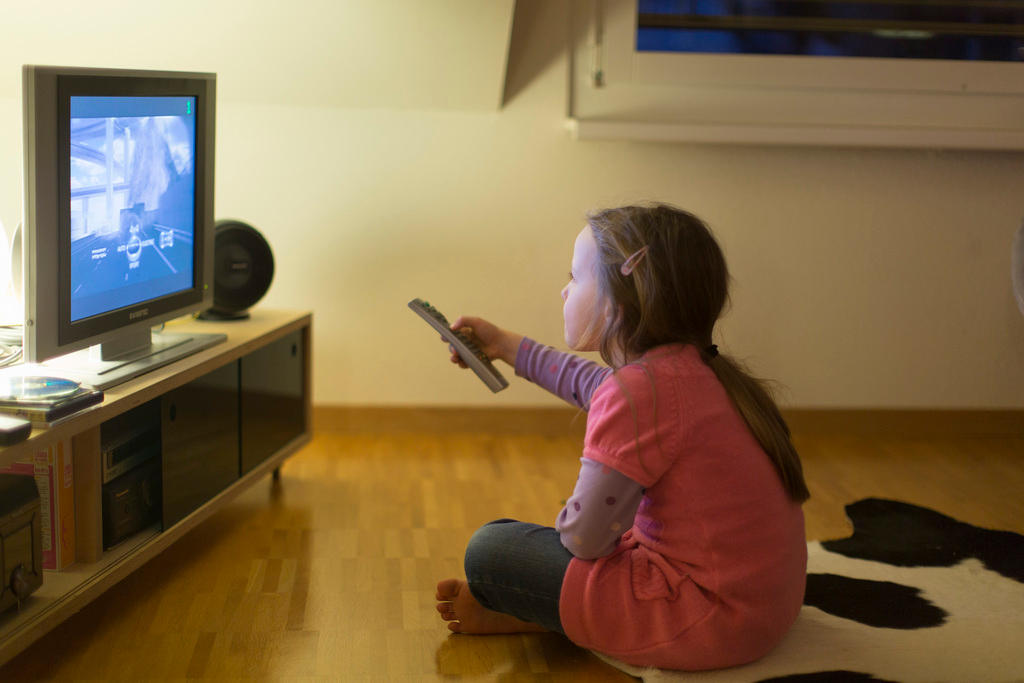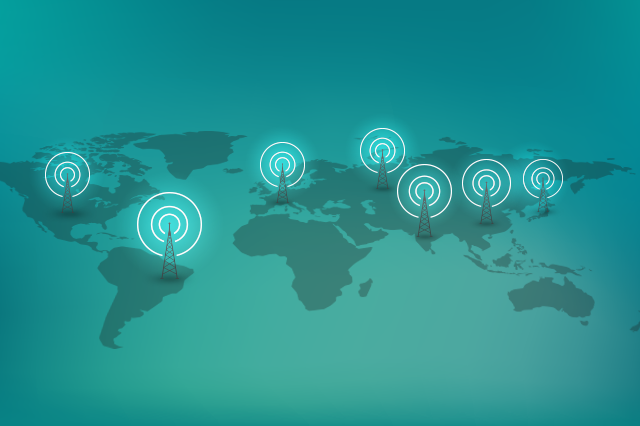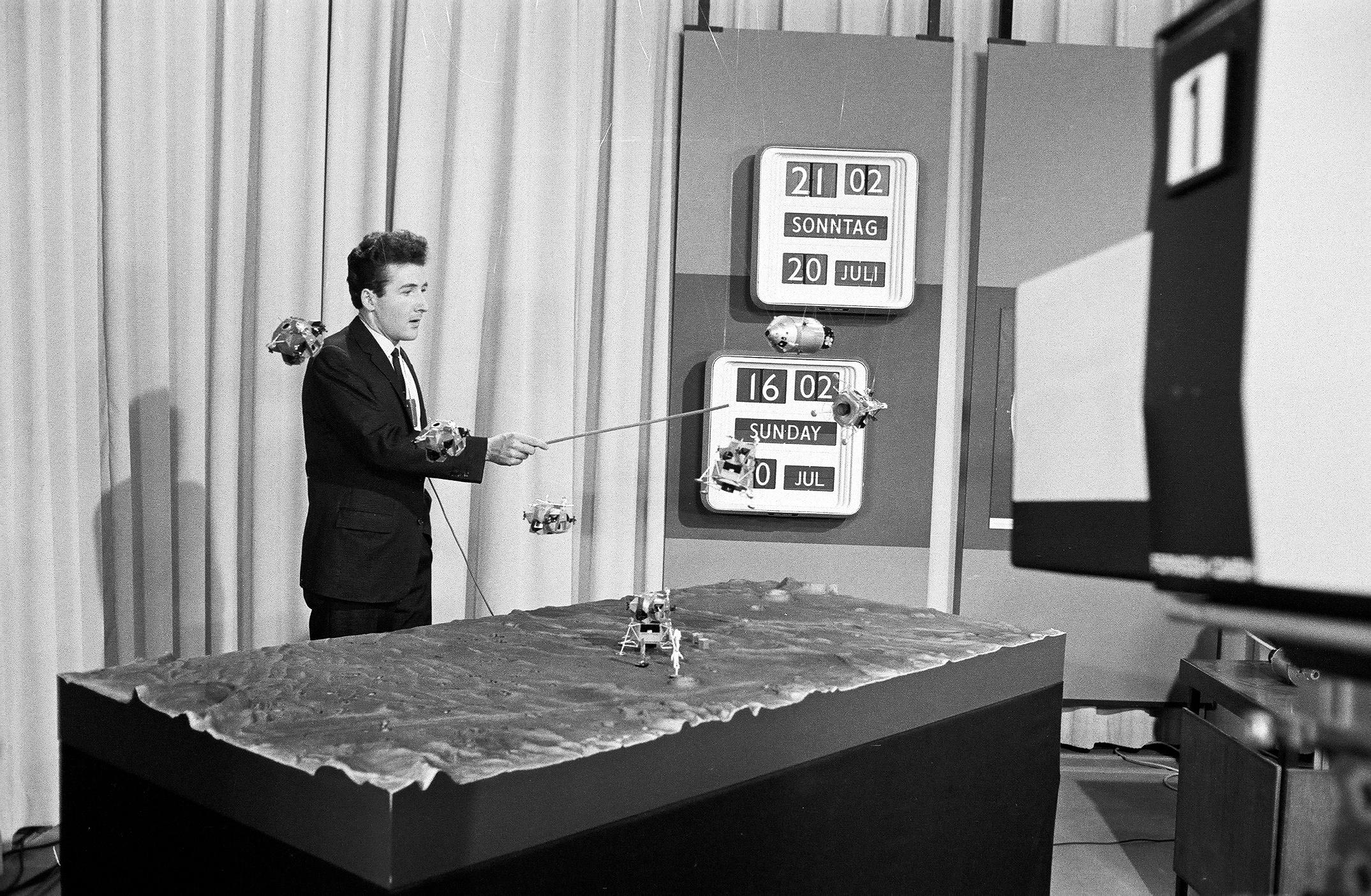The story of US public media

Public media in the United States is a decentralized service that provides content across broadcast and digital platforms. The organizations are not governmental agencies, but rather local public institutions funded by a mix of federal funds, individual supporters and corporate and foundation sponsors.
The two primary national networks, Public Broadcasting Service (PBS) on the television side and National Public Radio (NPR) on the radio side, are separate entities that are membership organizations and provide content to their local owners – actual terrestrial broadcast stations.
These services cover a variety of areas, including news and current affairs, children’s programming, historical and current documentaries, dramas and comedy programs. The national systems are augmented by hundreds of local member stations that often produce their own programming that can be distributed locally or by other local stations. Some critics have questioned the need for public broadcasting as cable outlets increased in number, but public opinion surveys have found that 70% of the public approves of government support for PBS and NPR.
A web, not a bureaucracy
Public media in the United States was never a foregone conclusion. Unlike many nations where some form of publicly supported media developed at the creation of radio and television, in the United States commercial broadcasting had existed for more than 40 years before the government created national public radio and television systems. Instead, the initial efforts to build public broadcasting grew out of colleges and universities.
Lee Banville is an associate professor of journalism at the University of Montana and for 13 years worked within the public broadcasting system at the nightly news program the PBS NewsHour. He can be reached at lee.banville@umontana.edu.
These higher education institutions often had so-called “extension agencies” that aimed to share educational content with their local community or state. As part of this, local stations began springing up in college towns and some larger cities that aimed to provide lectures and other educational material.
This historical note is critical to understanding the unique structure and politics of the current public media system in America. Because it started as a coalition of local stations, American public media is a not a top-down bureaucracy, but rather a complex web of organizations held together by common purpose and funding sources.

More
How the world’s countries provide public media
Take, for example, PBS’s description of itselfExternal link, “PBS is a membership organization that, in partnership with its member stations, serves the American public with programming and services of the highest quality, using media to educate, inspire, entertain and express a diversity of perspectives.” This system of locally operated stations coming together to create content for the nation is central to understanding the nature of American public media.
Public Broadcasting Act
The federal government did move as early as 1941 to ensure a regular part of the broadcast spectrum to these locally operated stations, assigning the frequencies between 88.1 and 91.9 to educational broadcasting nationwide. But the federal government did not begin formally investing in public media until 1967. The Public Broadcasting Act of 1967 created the formal platform for federal funding of public media, creating the Corporation for Public Broadcasting (CPB).
The government created CPB to serve as a “firewall” between the federal government and the locally owned stations that ran public media content. Unlike other countries where the public broadcaster was funded by a tax on receivers or a fee on users, CPB is allocated money through federal appropriation, meaning the federal Congress must approve the overall budget allocated to public broadcasting from the federal government.
This allocation has, at times, sparked intense debate as conservative Republicans have sought to end government spending on PBS and NPR. For many Republicans, they see a liberal bias in the networks. Other critics have said the funding is unnecessary in the age of the Internet and cable television options.
Conservative George Will summed up this position in a 2005 argumentExternal link, writing, “Why should government subsidize the production and distribution of entertainment and, even worse, journalism? Even if there were – has there ever been? – a shortage of either in America, is it government’s duty to address all cultural shortages?”
Debates over cuts
But public broadcasting has thus far survived efforts to defund it at the federal level and it has its unique decentralized structure to thank for that. The vast majority of funding that comes out of CPB goes to local stations all over the country – some 1,041 local public radio stations and more than 365 local public television stations, according to the CorporationExternal link – and those stations, in turn, pay dues to PBS and NPR to be able to run the nationally produced content.
Therefore, when Congress proposes slashing funding, local stations, especially those that cover rural or less populated areas, would be more affected. These areas are often represented by Republicans in Congress and so often these members face local pressure to preserve the stations that serve these constituents.
In 2017, President Donald Trump proposed a major reduction and eventual elimination of funding for CPB, as well as federal arts support, but thus far those cuts have not materialised. Both PBS and NPR have mounted campaigns to maintain their federal support and so the political cycle over their financial future continues.

In compliance with the JTI standards
More: SWI swissinfo.ch certified by the Journalism Trust Initiative









You can find an overview of ongoing debates with our journalists here . Please join us!
If you want to start a conversation about a topic raised in this article or want to report factual errors, email us at english@swissinfo.ch.